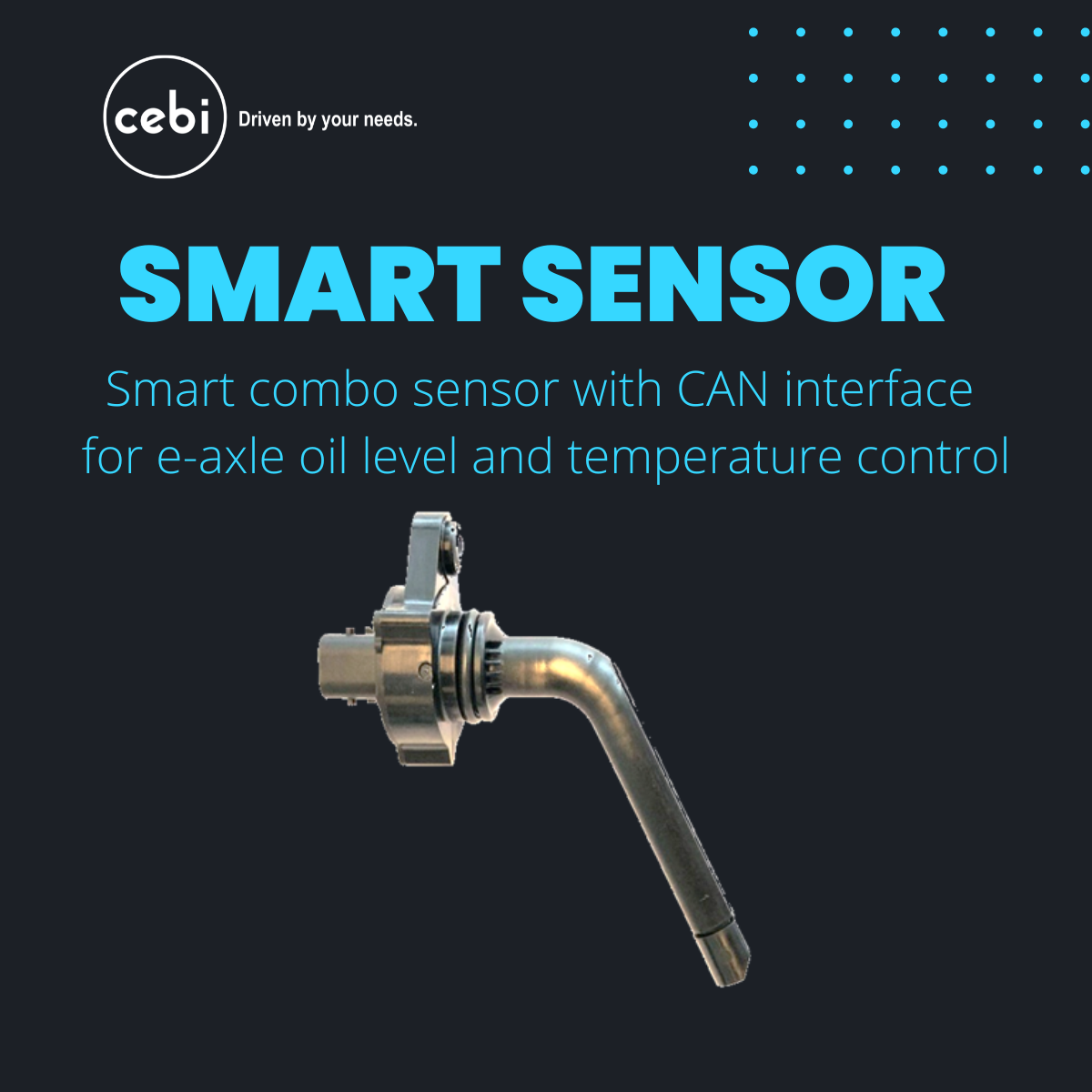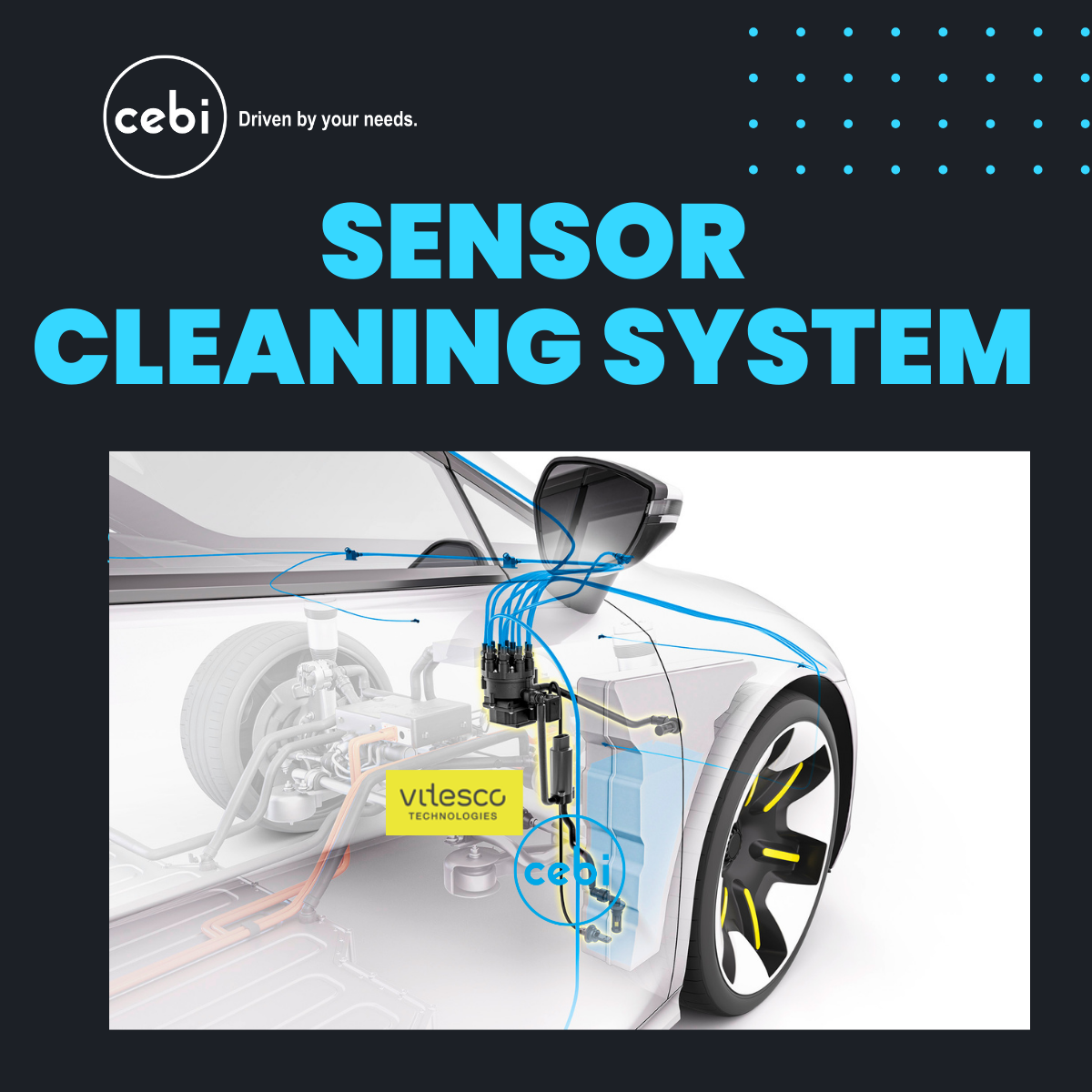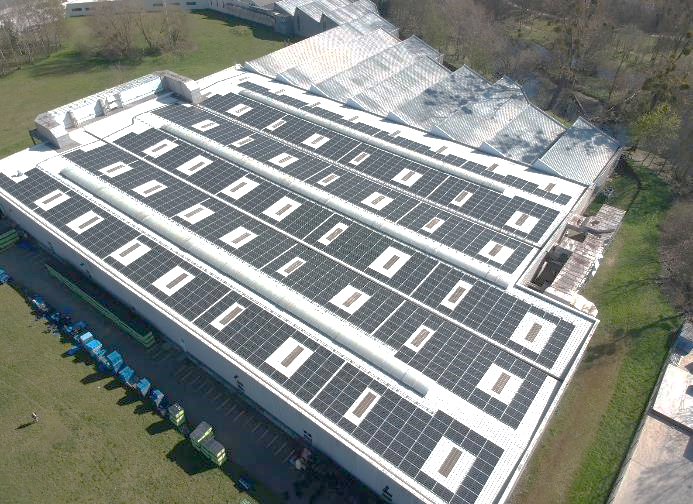The role of electromechanical components
The role of electromechanical components in the transformation of the automotive industry
The automotive industry is experiencing a period of unprecedented change, driven by electrification, digitalization, connectivity, automated drive, shared mobility and sustainability. These transformative forces are fundamentally reshaping the industry, from the design and manufacturing of vehicles to the way we own and use them.
Hidden within the body or behind the dashboard, electromechanical components remain vital parts of the vehicle architecture. Let’s explore how the latest trends are reshaping these components, making them the critical conduit for bridging the gap between the physical and digital domains and driving the next wave of automotive progress.
The rise of electrification
Thermal powertrains relied heavily on mechanical and electromechanical components. Today, hybrid and electric vehicles (EVs) introduce a new functional layer with digital controls for drive functions, battery management and user experience. Electromechanical components become integrated with these systems and require precise control and efficient operation while being reliable, durable, and lightweight.
Cebi Group has adopted a "powertrain agnostic” approach for its product portfolio already since a long time. This means that our product families are designed to fit both thermal and electric vehicles equally. Noteworthy examples include sensors, locks, pumps, e-motors, actuators, hydraulic components, and washer systems.
Other key trends in electromechanical components
Several key trends are shaping the design and development of electromechanical components for the automotive industry:
- Miniaturization and integration: Components are becoming smaller and more integrated in larger modules with multiple functions, enabling more compact and efficient systems.
- Smart functionalities: Integrated electronic functions allow standalone components for easier adaption to the vehicle with improved control and enhanced user experience.

- Connectivity and software: Electromechanical components are increasingly connected and software-driven, allowing for real-time monitoring and decentralized controls.
- Advanced materials: New materials with superior properties allow for improved performance, efficiency , and weight. At the same time, sustainability goals drive materials and processes with a low carbon footprint.
The rise of autonomous driving
The rise of autonomous driving with automated driver assistance systems (ADAS) bears new challenges concerning system availability under adverse environmental conditions.
More specifically, the optical sensing devices observing the vehicle surroundings require proper cleaning to ensure the automatic drive function. This pertains mainly to two types of devices:
- Optical cameras for object and signal recognition.
- LIDARS (Light Detection and Ranging), a pulsed laser system for distance measurement and obstacle detection.
Cebi’s most advanced washer system is a large-size front-mounted modular reservoir with up to 4 high-performance washer pumps and numerous features designed to keep optical sensors clean at all times without driver attention.

For even harder requirements, Cebi has engaged in a formal and exclusive partnership with Vitesco Technologies, offering an advanced high-pressure cleaning system with a central pump and a smart distribution system talking directly to the ADAS controller.

For more information > read the article
What is the impact of these new components?
Electromechanical components play a pivotal role in shaping this new automotive industry landscape, providing the foundation for innovative solutions that enhance performance, efficiency, and safety while respecting environmental impact.
- Improved performance and efficiency: Electromechanical systems contribute to higher performance, better range and lower emissions. Complementing or replacing mechanical functions with electronics allows for weight reduction, improved performance and incremental functionality. Advancements in materials and manufacturing processes contribute their share to these goals.
- Enhanced safety and comfort: Advanced smart components enable new safety features and improve reliability and driving experience.
- Sustainability: From eco-friendly materials to energy-efficient manufacturing processes, the entire lifecycle of electromechanical components is being reimagined to minimize environmental footprint.
Solar roof (Cebi Luxembourg production plant)

Conclusion
The “new mobility” journey is in full progress and requires constant investment in research and development, as well as in workforce skills to design, manufacture, and operate complex systems.
From powering electric vehicles to enabling advanced safety features and contributing to sustainability goals, smart electromechanical components are instrumental in shaping the future of mobility. As a key player, Cebi is proactively embracing these global trends by constantly innovating and driving new technologies in response to market demands.